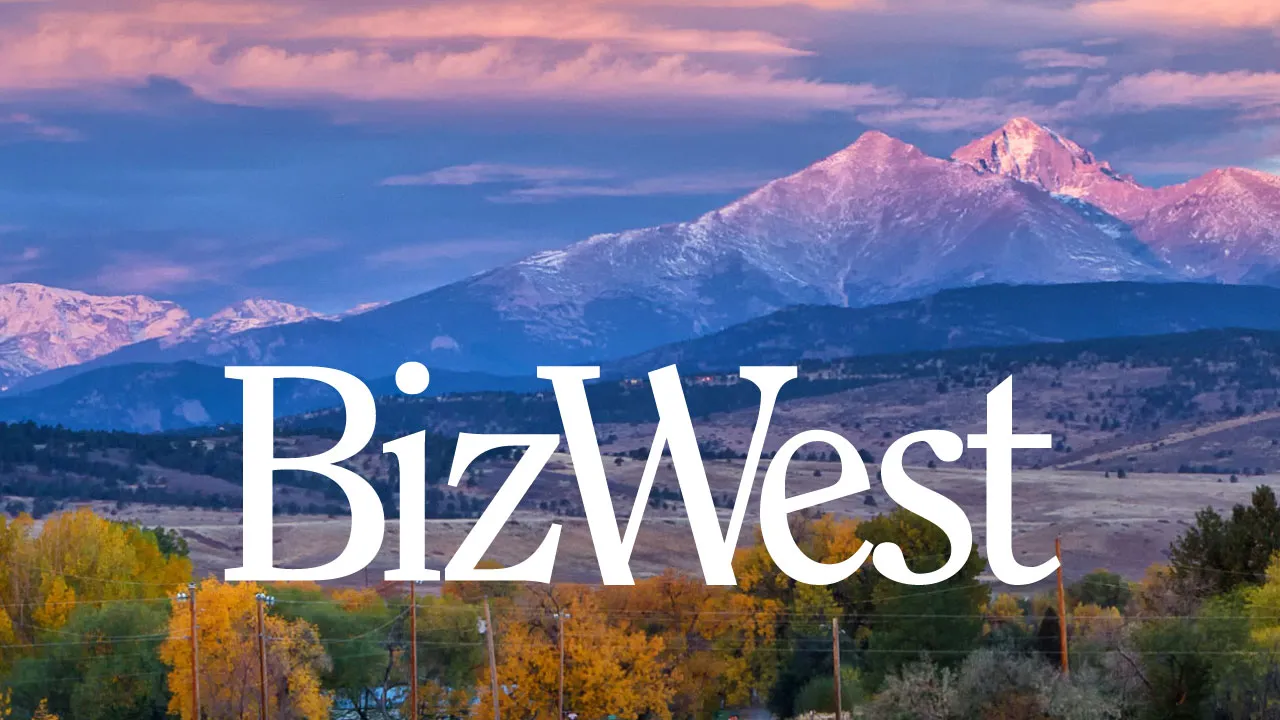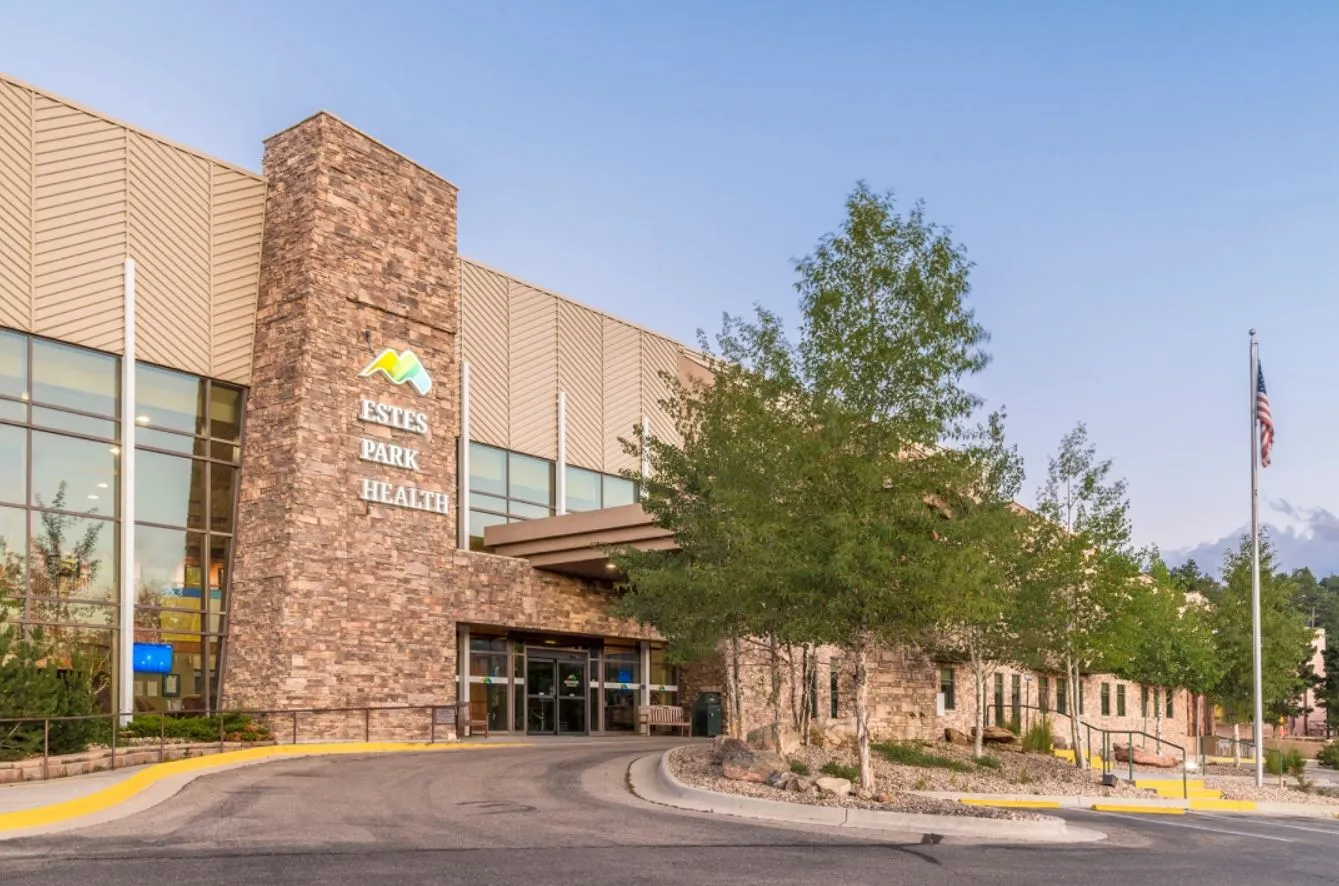Estes Park learns from brush with disaster

ESTES PARK — “We were told to expect to lose the YMCA of the Rockies, and if that happened, it was very likely that the fire would spread into Estes Park,” recalled Rachel Oppermann. “To hear that information, you know it was close.”
Surrounded on three sides by Rocky Mountain National Park, the sprawling 860-acre YMCA of the Rockies’ Estes Park Center includes more than 250 wooden cabins on heavily forested hillsides. If the massive East Troublesome Fire that roared across the Continental Divide and onto the park’s east side last October had crossed Bear Lake Road and the Big Thompson…
THIS ARTICLE IS FOR SUBSCRIBERS ONLY
Continue reading for less than $3 per week!
Get a month of award-winning local business news, trends and insights
Access award-winning content today!




